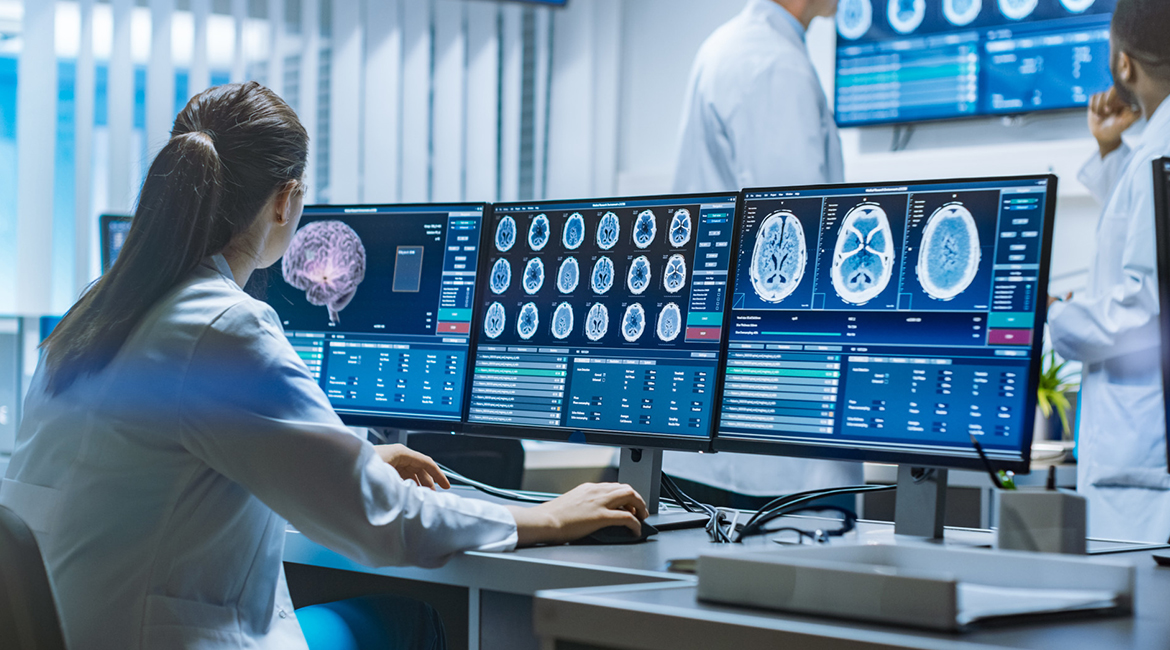
Neuroscience is the scientific study of the nervous system. It is a multidisciplinary science that combines physiology, anatomy, molecular biology, developmental biology, cytology, computer science and mathematical modeling to understand the fundamental and emergent properties of neurons and neural circuits.

Neurology in adult
The Center for Neurosciences delivers a full range of adult neurological services, treating conditions by including stroke, dementia, multiple sclerosis, epilepsy, headache, peripheral nerve and muscle disorders and Parkinson's disease.
Neurology in pediatrics

Damage to the brain from interruption of its blood supply.
A stroke is a medical emergency.
Symptoms of stroke include trouble walking, speaking and understanding, as well as paralysis or numbness of the face, arm or leg.
Early treatment with medication like tPA (clot buster) can minimise brain damage. Other treatments focus on limiting complications and preventing additional strokes.

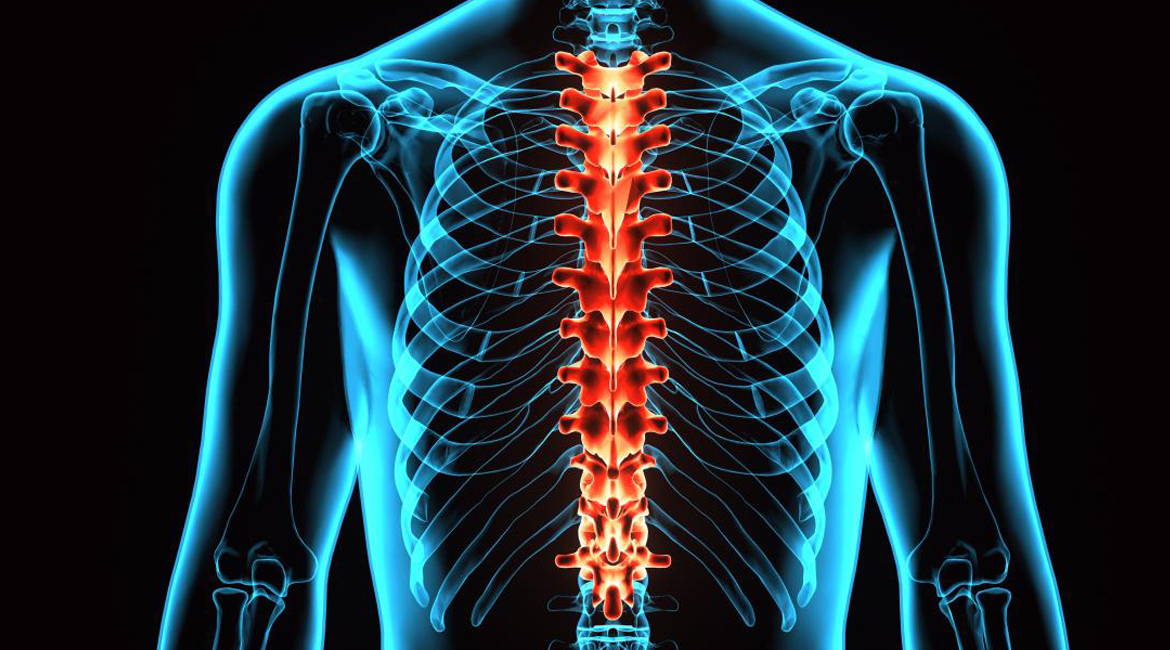
Electroencephalography is the measurement of brain activity through the surface of the scalp. Electroencephalography data can be processed through analytical procedures and certain derived summary indices of these analyses are called quantitative electroencephalography (QEEG).Data from evoked potentials can also be used processed in certain ways that can be considered quantitative EEG as well. If QEEG data is mapped then it is a topographic QEEG (also known as brain electrical activity mapping or BEAM )

Electromyography is the measurement and analysis of the electrical activity in skeletal muscles. This technique is useful for diagnosing the health of the muscle tissue and the nerves that control them.
EMG measures action potentials, called Motor Unit Action Potentials (MUAPs), created during muscle contraction. A few common uses are determining whether a muscle is active or inactive during movement (onset of activity), assessing the velocity of nerve conduction, and the amount of force generated during movement. Of these uses, determining the onset of muscle activity has been shown to be the most accurate.

The firing of neurons throughout the brain has been known to have localized relationships to certain functions, processes and reactions to stimuli. With proper equipment it is possible to locate where in the brain neurons have been activated and measure their event related potentials. Event-related potentials can be classified as either: sensory, motor or cognitive.

Measurement of spontaneous electrophysiological activity does not always provide the desired information from the signals of interest. In such cases, the application of a stimulus to the desired target can produce transient evoked potentials that can provide further insight not obtained from solely passive recording methods such as EEG, ECG, EMG or MEG.

Main article: Nerve conduction studies
An NCS measures the electrical conduction velocity and other characteristics of nerves in the body.




Stereotactic surgery is a minimally invasive form of surgical intervention that makes use of a three-dimensional coordinate system to locate small targets inside the body and to perform on them some action such as ablation, biopsy, lesion, injection, stimulation, implantation, radiosurgery (SRS), etc.
Stereotaxis is the process by which neurosurgeons use MRI or CT imaging studies, targeted algorithms and a computer workstation to precisely locate and target a tumor or other lesion inside the brain. Previously, this was done by placing a metal frame on a patients head.
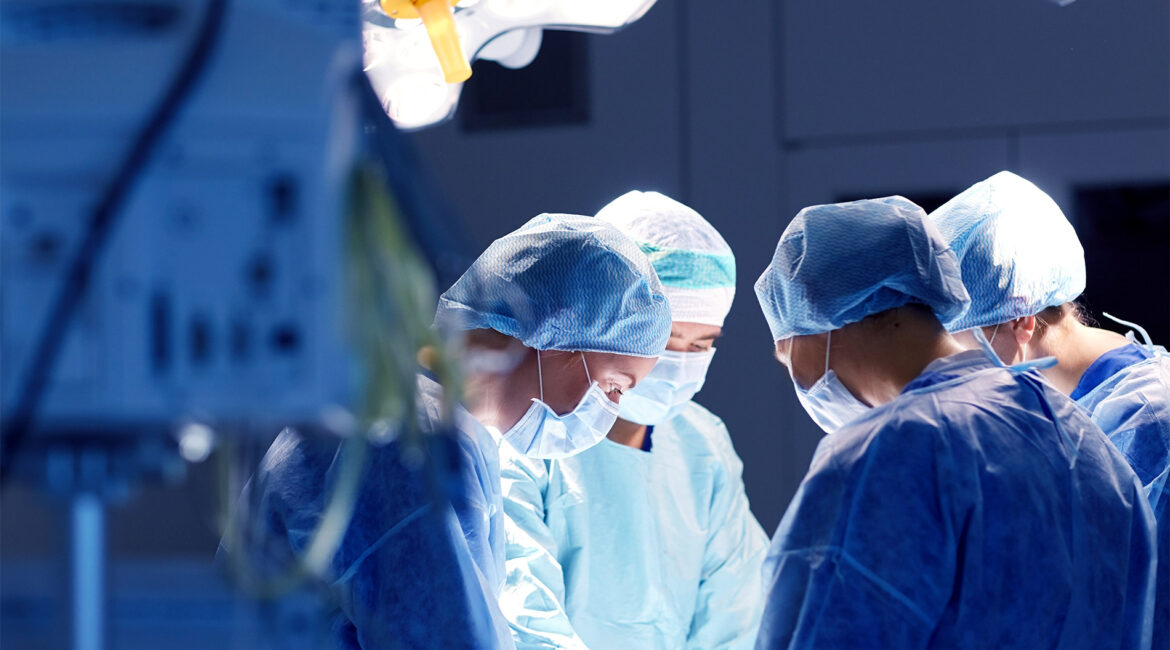
Skull base surgery is a specialized type of surgery that focuses on treating conditions at the base of the skull. This includes areas like the undersurface of the brain and important nerves and vessels that exit out of the brain to support senses such as sight, smell, and hearing. The challenge in skull base surgery is reaching these areas without having to cut through the skull and retract the brain. The goal is to get to and operate on these difficult areas with as little impact on the normal brain as possible.
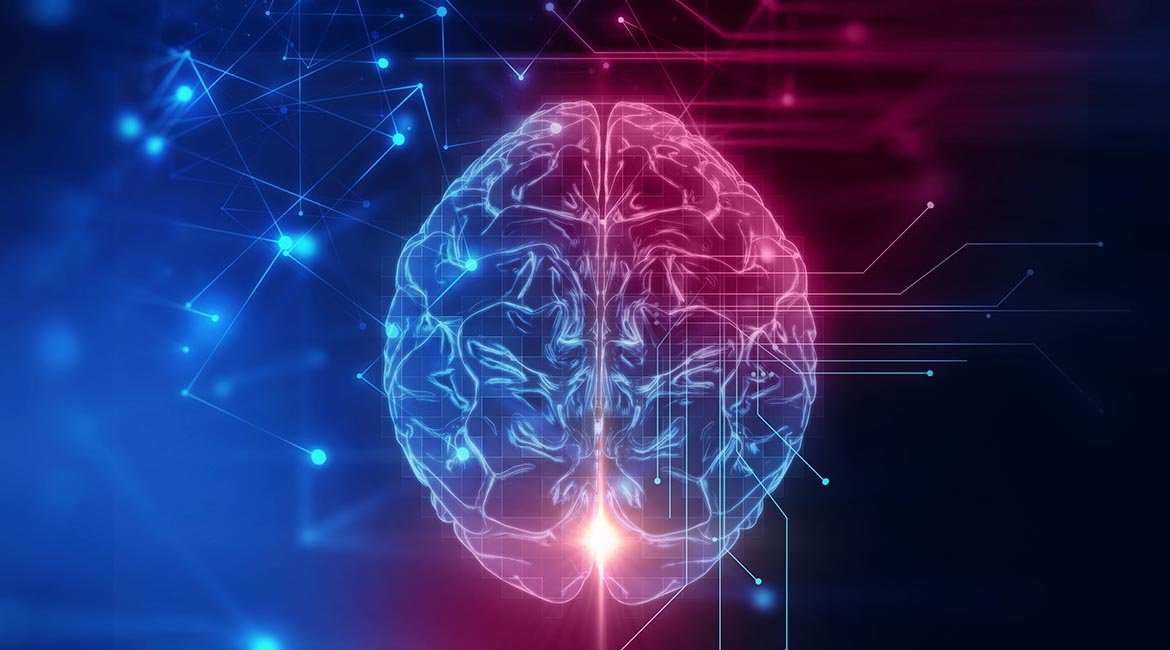
It is a procedure that removes an area of the brain where seizures occur.
Epilepsy surgery is most effective when seizures always occur in a single location in the brain. Epilepsy surgery is not the first line of treatment but is considered when at least two anti-seizure medications have failed to control seizures.
Poorly controlled epilepsy can result in a number of complications and health risks, including the following:
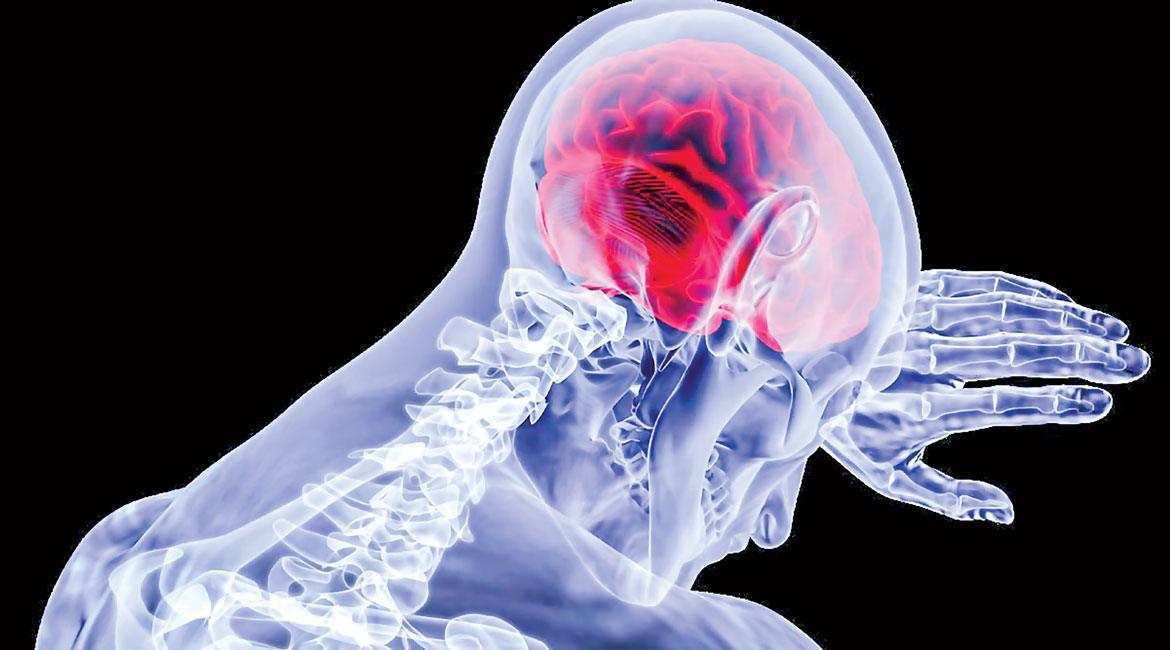
It involves precise surgical targeting of anatomic structures in order to modulate neurologic function. The ultimate aim is to improve the symptoms and quality of life of patients suffering from chronic neurologic disorders; this demands minimal risk of inflicting morbidity and mortality.

Many patients mistakenly believe that neurosurgery is limited to the brain, but spinal procedures are an important aspect of this field of medicine. The brain and the spinal cord come together to form the central nervous system, so spinal disease, disorder, or malfunction typically affects neurological function. The spinal cord allows the brain to communicate back and forth with the rest of the body, so damage to this network of nerves, tissues, and fibers can severely disrupt patients' lives and ability to function.